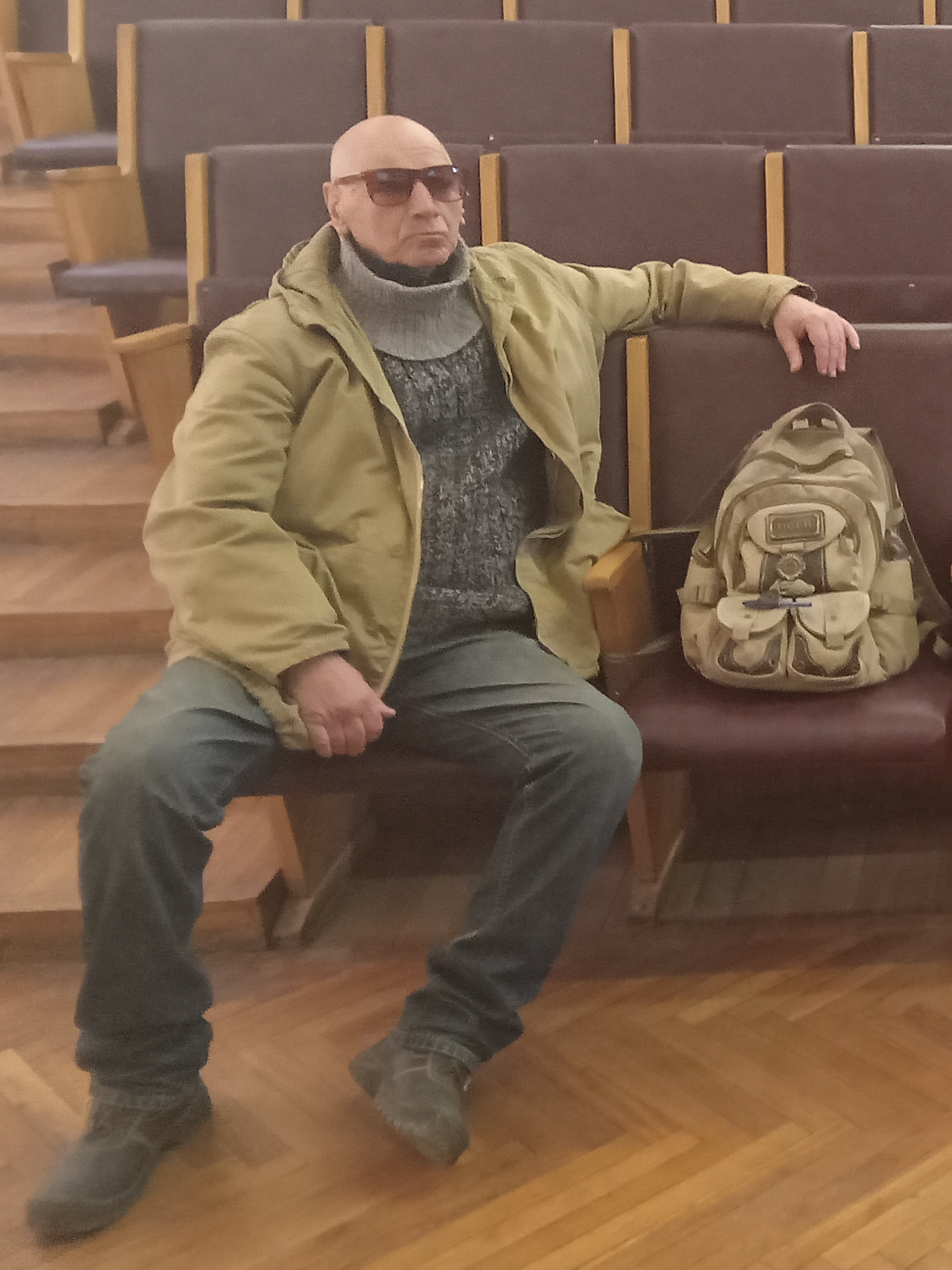
Education:
In 1961-1966, I studied at Tbilisi State University, Faculty of Physics, completed a full course with the specialty "Physics";
In 1967-1970, I studied in the postgraduate course of the Academy.
Scientific work experience:
1970 me too. Acad. Cybernetics Inst. Physics, Jr. me too. worker, scientific work;
1970 - until now (2024) TSU Institute of Applied Mathematics. Jr. me too. worker me too. worker Elder me too. worker I am the host. worker laboratory assistant; Today I am a scientific worker.
Activities:
mathematical modeling of hydro-aero-meteorological processes; In particular, the meso-meteorological boundary layer of the atmosphere, clouds, haze, atmospheric pollution.
2003-2005 I am a docent (1/2 full-time). I read lectures: "Mat. Modeling in geographThe subject of our research is the numerical modeling of the mesoscale boundary layer of the atmosphere (MBLA) and the ongoing meteorological processes in it (clouds, fog, aerosol propagation). We are also interested in active (artificial) influences on some meteorological processes.
Thus, I have stated and solved by numerical methods the 2-dimensional (in vertical (x-z) plane) MBLA task, which includes thermoerodynamics, humidity-water transfer, and aerosol diffusion from various sources. The "solution" of the task is to determine the air velocity, temperature, pressure, humidity, water, aerosol concentration on the top of the heat "island". A number of difficulties related to water supply fields were overcome.
It should be noted that in addition to the physical difficulties, the given problem is accompanied by a number of mathematical difficulties, which mainly lie in the fact that the initial equations of the numerical model are essentially nonlinear; This is why the system of equations can only be solved by numerical methods.
Our model imitates a number of anomalous meteorological processes: the simultaneous existence of cloud and fog; Imitation of a combined complex of cloud and fog; Simulation of daily "continuous" cloudiness.
The effect of shielding solar radiation (the “shadow” of the cloud formed on the underlying surface) on the MBLA meteor regime has been stated and is on the stage of numerical implementation. It should be noted that the process has a pronounced synergetic character: there is a direct and inverse relationship between the auto-oscillation of meteorological fields and the processes of radiation and cloud formation.
Of particular interest is the fact that even within the model of the MBLA, in certain critical modes of turbulence, it is possible to catch some (e.g, vertical "water" trunk) characteristic of a tornado and tropical cyclone.
Through numerical experiment we have modeled the ensemble of humidity processes, cluster: 3 stratus clouds and 1 fog; 4 stratus clouds.
We have simulated smog through our model, it is literally an overlay of aerosol cloud and humidity processes.
We have modeled the dispersion of fog through heat sources and downstream currents.
We have adopted a new classification of fions: dry-diabate, most-adiabatic and most-dry-diabiatic fions. There is a possibility of numerical modeling of fions through our model.
The practical significance of the topic can be considered that the results of the numerical model developed by us can be used in the field of local weather forecasting. They can be parameterized in large-scale and long-term forecasting tasks for their further specification; It is possible to solve some environmental problems. In addition, the model can be used in the field of "theoretical" artificial impact on some mesoprocesses: Influence on meteorological processes is associated with very high risk, material and labor resources. Therefore, the preliminary "theoretical" impact is very relevant in this area.
Lately I have been interested in the tasks of the theory of elasticity. I am involved in one of the topics in this field, where I have to take into account the viscosity and plasticity of the model.